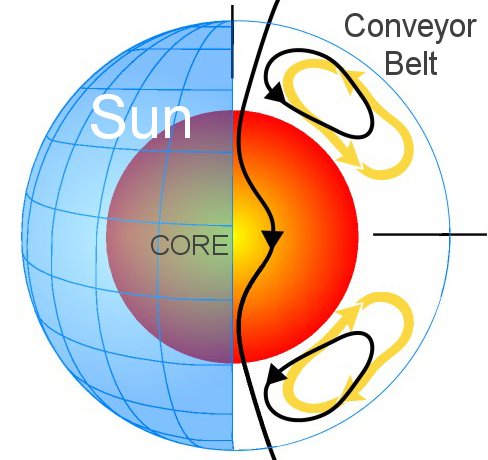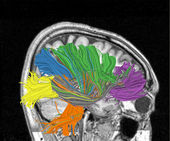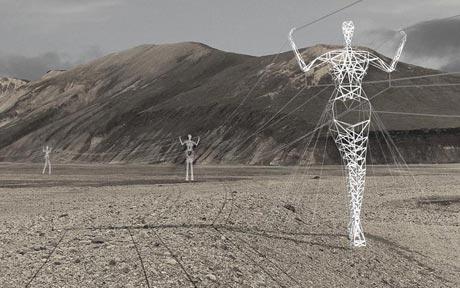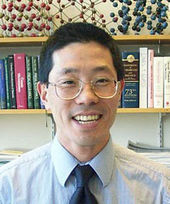
© UCAR
Boulder - A new analysis of the unusually long solar cycle that ended in 2008 suggests that one reason for the long cycle could be a stretching of the Sun's conveyor belt, a current of plasma that circulates between the Sun's equator and its poles. The results should help scientists better understand the factors controlling the timing of solar cycles and could lead to better predictions.
The study was conducted by Mausumi Dikpati, Peter Gilman, and Giuliana de Toma, all scientists in the High Altitude Observatory at the National Center for Atmospheric Research (NCAR), and by Roger Ulrich at the University of California, Los Angeles. It appeared on July 30 in
Geophysical Research Letters. The study was funded by the National Science Foundation, NCAR's sponsor, and by NASA's Living with a Star Program.
The Sun goes through cycles lasting approximately 11 years that include phases with increased magnetic activity, more sunspots, and more solar flares, than phases with less activity. The level of activity on the Sun can affect navigation and communications systems on Earth. Puzzlingly, solar cycle 23, the one that ended in 2008, lasted longer than previous cycles, with a prolonged phase of low activity that scientists had difficulty explaining.







